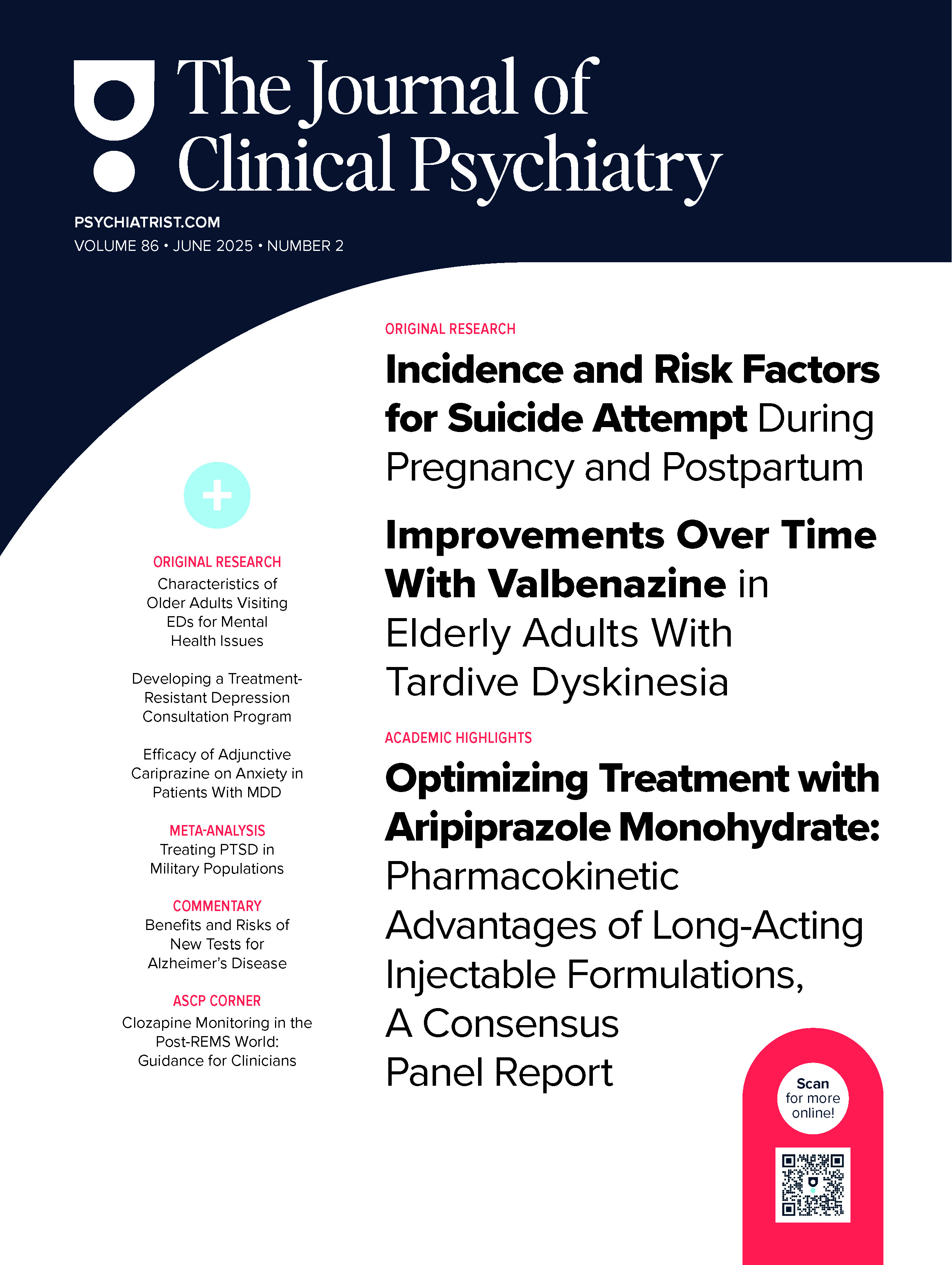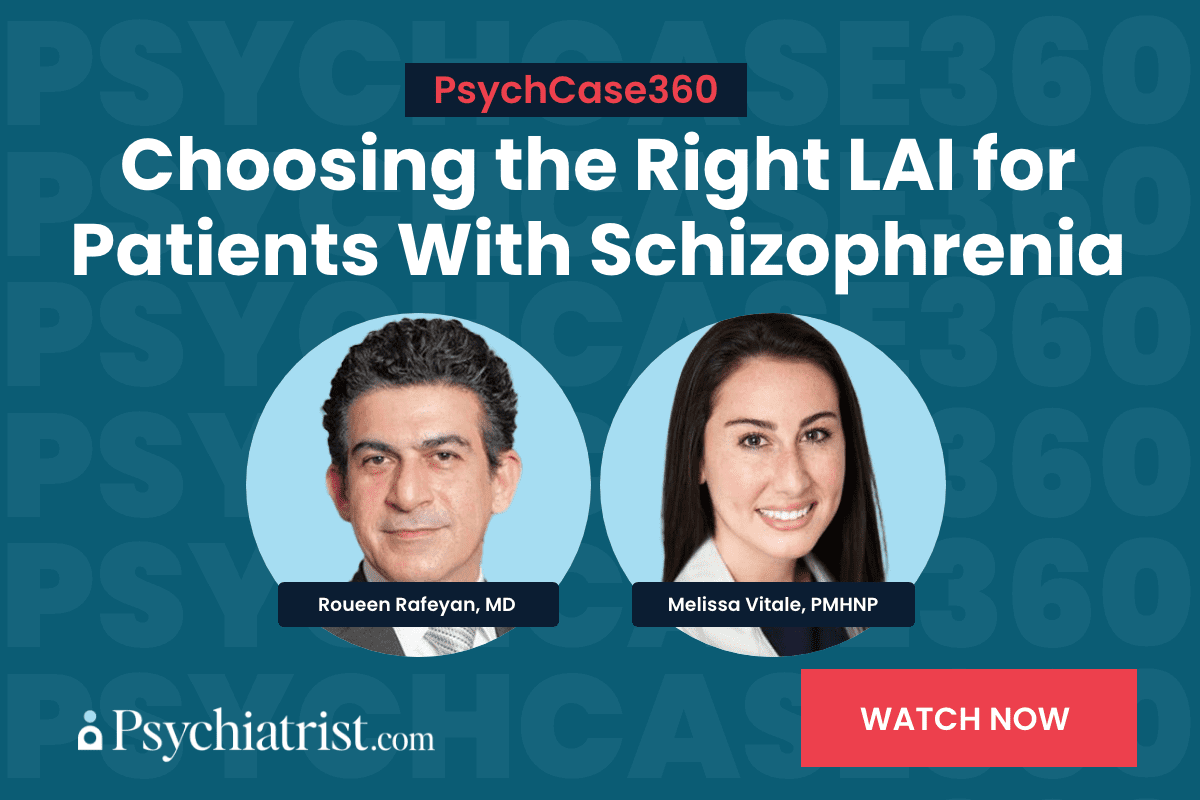Abstract
Objective: The Mind after Midnight hypothesis proposes that nocturnal wakefulness increases the risk for dysregulated behaviors. Prior studies highlight a greater risk for suicide at night after adjusting for population wakefulness. How this risk varies hour to hour, differs across subgroups, or applies to other behaviors is unknown.
Methods: Data on 78,647 suicides and 50,526 homicides from the National Violent Death Reporting System were combined with population wakefulness data for 2003–2017 from the American Time Use Survey. Hourly incident risk ratios (IRRs) were estimated after adjusting for population wakefulness. Two-way analysis of variances identified significant time-by-subgroup interactions that were quantified in post hoc analyses.
Results: Suicide counts peaked at 12:00 PM, while homicide counts peaked at 10:00– 11:00 PM. Adjusting for demographics and population wakefulness revealed a 5-fold greater risk for suicide at 3:00 AM (aIRR: 5.20 [4.74–5.70]) and an 8-fold greater risk for homicide at 2:00 AM (aIRR: 8.04 [6.35–10.2]). Hourly risk for suicide varied by age, ethnicity, blood alcohol level, and current partner conflict. Hourly risk for homicide varied by sex and blood alcohol level.
Conclusions: Risk for suicide and homicide is greater at night than expected based on the number of people awake at that time. Nighttime risk was greater among young adults and those intoxicated with alcohol, but not among those with a history of suicidal ideation or attempts. Further research should evaluate mechanisms of risk and confirm these findings at an individual level.
J Clin Psychiatry 2024;85(2):23m15207
Author affiliations are listed at the end of this article.
Members Only Content
This full article is available exclusively to Professional tier members. Subscribe now to unlock the HTML version and gain unlimited access to our entire library plus all PDFs. If you’re already a subscriber, please log in below to continue reading.
References (71)

- Harris LM, Huang X, Linthicum KP, et al. Sleep disturbances as risk factors for suicidal thoughts and behaviours: a meta-analysis of longitudinal studies. Sci Rep. 2020;10(1):13888. PubMed CrossRef
- Liu RT, Steele SJ, Hamilton JL, et al. Sleep and suicide: a systematic review and meta-analysis of longitudinal studies. Clin Psychol Rev. 2020;81:101895. PubMed CrossRef
- Tubbs AS, Fernandez FX, Grandner MA, et al. The mind after midnight: nocturnal wakefulness, behavioral dysregulation, and psychopathology. Front Netw Physiol. 2022;1:830338. PubMed CrossRef
- Perlis ML, Grandner MA, Chakravorty S, et al. Suicide and sleep: is it a bad thing to be awake when reason sleeps? Sleep Med Rev. 2016;29:101–107. PubMed CrossRef
- Mansfield DR, Wasgewatta S, Reynolds A, et al. Nocturnal wakefulness and suicide risk in the Australian population. J Clin Psychiatry. 2022;83(4):21m14275. PubMed CrossRef
- McCarthy MS, Hoffmire C, Brenner LA, et al. Sleep and timing of death by suicide among U.S. Veterans 2006–2015: analysis of the American Time Use Survey and the National Violent Death Reporting System. Sleep. 2019;42(8):zsz094. PubMed CrossRef
- Ballard ED, Vande Voort JL, Bernert RA, et al. Nocturnal wakefulness is associated with next-day suicidal ideation in major depressive disorder and bipolar disorder. J Clin Psychiatry. 2016;77(6):825–831. PubMed CrossRef
- Tubbs AS, Fernandez FX, Johnson DA, et al. Nocturnal and morning wakefulness are differentially associated with suicidal ideation in a nationally representative sample. J Clin Psychiatry. 2021;82(6):20m13820. PubMed CrossRef
- Tubbs AS, Fernandez FX, Perlis ML, et al. Suicidal ideation is associated with nighttime wakefulness in a community sample. Sleep. 2021;44(1):zsaa128. PubMed CrossRef
- Emens JS, Berman AM, Thosar SS, et al. Circadian rhythm in negative affect: implications for mood disorders. Psychiatry Res. 2020;293:113337. PubMed CrossRef
- Dzogang F, Lightman S, Cristianini N. Circadian mood variations in Twitter content. Brain Neurosci Adv. 2017;1:2398212817744501. PubMed CrossRef
- Golder SA, Macy MW. Diurnal and seasonal mood vary with work, sleep, and daylength across diverse cultures. Science. 2011;333(6051):1878–1881. PubMed CrossRef
- Wirz-Justice A. Diurnal variation of depressive symptoms. Dialogues Clin Neurosci. 2008;10(3):337–343. PubMed CrossRef
- Hasler BP, Soehner AM, Wallace ML, et al. Experimentally imposed circadian misalignment alters the neural response to monetary rewards and response inhibition in healthy adolescents. Psychol Med. 2021;52(16):1–9.
- Hasler BP, Forbes EE, Franzen PL. Time-of-day differences and short-term stability of the neural response to monetary reward: a Pilot Study. Psychiatry Res. 2014;224(1):22–27. PubMed CrossRef
- Venkatraman V, Huettel SA, Chuah LYM, et al. Sleep deprivation biases the neural mechanisms underlying economic preferences. J Neurosci. 2011;31(10):3712–3718. PubMed CrossRef
- Venkatraman V, Chuah YML, Huettel SA, et al. Sleep deprivation elevates expectation of gains and attenuates response to losses following risky decisions. Sleep. 2007;30(5):603–609. PubMed CrossRef
- Muto V, Jaspar M, Meyer C, et al. Local modulation of human brain responses by circadian rhythmicity and sleep debt. Science. 2016;353(6300):687–690. PubMed CrossRef
- Ly JQM, Gaggioni G, Chellappa SL, et al. Circadian regulation of human cortical excitability. Nat Commun. 2016;7:11828. PubMed CrossRef
- Verweij IM, Romeijn N, Smit DJ, et al. Sleep deprivation leads to a loss of functional connectivity in frontal brain regions. BMC Neurosci. 2014;15:88. PubMed CrossRef
- Niendam TA, Laird AR, Ray KL, et al. Meta-analytic evidence for a superordinate cognitive control network subserving diverse executive functions. Cogn Affect Behav Neurosci. 2012;12(2):241–268. PubMed CrossRef
- Killgore WDS. Effects of sleep deprivation on cognition. Prog Brain Res. 2010;185:105–129. PubMed CrossRef
- Goel N, Rao H, Durmer JS, et al. Neurocognitive consequences of sleep deprivation. Semin Neurol. 2009;29(4):320–339. PubMed CrossRef
- Schmidt C, Collette F, Cajochen C, et al. A time to think: circadian rhythms in human cognition. Cogn Neuropsychol. 2007;24(7):755–789. PubMed CrossRef
- Keilp JG, Gorlyn M, Russell M, et al. Neuropsychological function and suicidal behavior: attention control, memory and executive dysfunction in suicide attempt. Psychol Med. 2013;43(3):539–551. PubMed CrossRef
- Szanto K, Galfalvy H, Vanyukov PM, et al. Pathways to late-life suicidal behavior: cluster analysis and predictive validation of suicidal behavior in a sample of older adults with major depression. J Clin Psychiatry. 2018;79(2):17m11611. PubMed CrossRef
- Clark L, Dombrovski AY, Siegle GJ, et al. Impairment in risk-sensitive decision making in older suicide attempters with depression. Psychol Aging. 2011;26(2):321–330. PubMed CrossRef
- Gibbs LM, Dombrovski AY, Morse J, et al. When the solution is part of the problem: problem solving in elderly suicide attempters. Int J Geriatr Psychiatry. 2009;24(12):1396–1404. PubMed CrossRef
- Voros V, Tenyi T, Nagy A, et al. Crisis concept re-loaded?–The recently described suicide-specific syndromes may help to better understand suicidal behavior and assess imminent suicide risk more effectively. Front Psychiatry. 2021;12:598923. PubMed CrossRef
- Schuck A, Calati R, Barzilay S, et al. Suicide Crisis Syndrome: a review of supporting evidence for a new suicide-specific diagnosis. Behav Sci Law. 2019;37(3):223–239. PubMed CrossRef
- Meijers J, Harte JM, Meynen G, et al. Differences in executive functioning between violent and non-violent offenders. Psychol Med. 2017;47(10):1784–1793. PubMed CrossRef
- Meijers J, Harte JM, Jonker FA, et al. Prison brain? Executive dysfunction in prisoners. Front Psychol. 2015;6:43. PubMed
- Gibbens TCN. Sane and insane homicide. J Crim Law Criminology Police Sci. 1958;49(2):110–115.
- Messner SF, Tardiff K. The social ecology of urban homicide: an application of the “routine activities” approach. Criminology. 1985;23(2):241–267.
- Sisti D, Rocchi MBL, Maccio A, et al. The epidemiology of homicide in Italy by season, day of the week and time of day. Med Sci Law. 2012;52(2):100–106. PubMed
- Kelsay JD, Tillyer MS, Tillyer R, et al. The violent victimization of children, adolescents, adults, and the elderly: situational characteristics and victim injury. Violence Vict. 2017;32(2):342–361. PubMed CrossRef
- Teffer K, Semendeferi K. Human prefrontal cortex: evolution, development, and pathology. Prog Brain Res. 2012;195:191–218. PubMed CrossRef
- Hisler GC, Rothenberger SD, Clark DB, et al. Is there a 24-hour rhythm in alcohol craving and does it vary by sleep/circadian timing?. Chronobiol Int. 2021;38(1):109–121. PubMed
- Logan RW, Hasler BP, Forbes EE, et al. Impact of sleep and circadian rhythms on addiction vulnerability in adolescents. Biol Psychiatry. 2018;83(12):987–996. PubMed CrossRef
- Day AM, Kahler CW, Ahern DC, et al. Executive functioning in alcohol use studies: a brief review of findings and challenges in assessment. Curr Drug Abuse Rev. 2015;8(1):26–40. PubMed CrossRef
- Chakravorty S, Smith RV, Perlis ML, et al. Circadian pattern of deaths due to suicide in intoxicated alcohol-dependent individuals. J Clin Psychiatry. 2018;79(6):17m11800. PubMed CrossRef
- Van Orden KA, Witte TK, Cukrowicz KC, et al. The interpersonal theory of suicide. Psychol Rev. 2010;117(2):575–600. PubMed CrossRef
- Tubbs AS, Perlis ML, Basner M, et al. Relationship of nocturnal wakefulness to suicide risk across months and methods of suicide. J Clin Psychiatry. 2020;81(2):19m12964. PubMed CrossRef
- Perlis ML, Grandner MA, Brown GK, et al. Nocturnal wakefulness as a previously unrecognized risk factor for suicide. J Clin Psychiatry. 2016;77(6):e726–1733. PubMed CrossRef
- Byrne JEM, Tremain H, Leitan ND, et al. Circadian modulation of human reward function: is there an evidentiary signal in existing neuroimaging studies?. Neurosci Biobehav Rev. 2019;99:251–274. PubMed CrossRef
- Silva EJ, Duffy JF. Sleep inertia varies with circadian phase and sleep stage in older adults. Behav Neurosci. 2008;122(4):928–935. PubMed CrossRef
- Cherpitel CJ, Borges GLG, Wilcox HC. Acute alcohol use and suicidal behavior: a review of the literature. Alcohol Clin Exp Res. 2004;28(5 suppl):18s–28s. PubMed CrossRef
- Branas CC, Richmond TS, Ten Have TR, et al. Acute alcohol consumption, alcohol outlets, and gun suicide. Subst Use Misuse. 2011;46(13):1592–1603. PubMed CrossRef
- Borges G, Loera CR. Alcohol and drug use in suicidal behaviour. Curr Opin Psychiatry. 2010;23(3):195–204. PubMed CrossRef
- Sutker PB, Tabakoff B, Goist KC Jr, et al. Acute alcohol intoxication, mood states and alcohol metabolism in women and men. Pharmacol Biochem Behav. 1983;18(suppl 1):349–354. PubMed CrossRef
- Simons JS, Emery NN, Simons RM, et al. Effects of alcohol, rumination, and gender on the time course of negative affect. Cogn Emot. 2017;31(7):1405–1418. PubMed CrossRef
- Centanni SW, Bedse G, Patel S, et al. Driving the downward spiral: alcohol induced dysregulation of extended amygdala circuits and negative affect. Alcohol Clin Exp Res. 2019;43(10):2000–2013. PubMed CrossRef
- Bresin K, Mekawi Y, Verona E. The effect of laboratory manipulations of negative affect on alcohol craving and use: a meta-analysis. Psychol Addict Behav. 2018;32(6):617–627. PubMed CrossRef
- Chen X, Wang R, Zee P, et al. Racial/Ethnic differences in sleep disturbances: the multi-ethnic study of atherosclerosis (MESA). Sleep. 2015;38(6):877–888. PubMed CrossRef
- Hnin K, Mukherjee S, Antic NA, et al. The impact of ethnicity on the prevalence and severity of obstructive sleep apnea. Sleep Med Rev. 2018;41:78–86. PubMed CrossRef
- Tubbs AS, Ghani SB, Valencia D, et al. Racial/ethnic minorities have greater declines in sleep duration with higher risk of cardiometabolic disease: an analysis of the U.S. National Health Interview Survey. Sleep Epidemiol. 2022;2:100022.
- Brookes ST, Whitley E, Peters TJ, et al. Subgroup analyses in randomised controlled trials: quantifying the risks of false-positives and false-negatives. Health Technol Assess. 2001;5(33):1–56. PubMed CrossRef
- Oomen PP, van Hell HH, Bossong MG. The acute effects of cannabis on human executive function. Behav Pharmacol. 2018;29(7):605–616. PubMed CrossRef
- Crean RD, Crane NA, Mason BJ. An evidence based review of acute and long term effects of cannabis use on executive cognitive functions. J Addict Med. 2011;5(1):1–8. PubMed CrossRef
- Dopierala E, Rybakowski J. Sleep deprivation as a method of chronotherapy in the treatment of depression. Psychiatr Pol. 2015;49(3):423–433. PubMed
- Dallaspezia S, Benedetti F. Sleep deprivation therapy for depression. Curr Top Behav Neurosci. 2015;25:483–502. PubMed CrossRef
- Freeman D, Sheaves B, Waite F, et al. Sleep disturbance and psychiatric disorders. Lancet Psychiatry. 2020;7(7):628–637. PubMed CrossRef
- Melo MCA, Abreu RLC, Linhares Neto VB, et al. Chronotype and circadian rhythm in bipolar disorder: a systematic review. Sleep Med Rev. 2017;34:46–58. PubMed
- Lewis KS, Gordon-Smith K, Forty L, et al. Sleep loss as a trigger of mood episodes in bipolar disorder: individual differences based on diagnostic subtype and gender. Br J Psychiatry. 2017;211(3):169–174. PubMed CrossRef
- McLay RN, Klam WP, Volkert SL. Insomnia is the most commonly reported symptom and predicts other symptoms of post-traumatic stress disorder in U.S. service members returning from military deployments. Mil Med. 2010;175(10):759–762. PubMed CrossRef
- Germain A. Sleep disturbances as the hallmark of PTSD: where are we now? Am J Psychiatry. 2013;170(4):372–382. PubMed
- Betts KS, Williams GM, Najman JM, et al. The role of sleep disturbance in the relationship between post-traumatic stress disorder and suicidal ideation. J Anxiety Disord. 2013;27(7):735–741. PubMed CrossRef
- Palagini L, Cipollone G, Masci I, et al. Insomnia symptoms predict emotional dysregulation, impulsivity and suicidality in depressive bipolar II patients with mixed features. Compr Psychiatry. 2019;89:46–51. PubMed CrossRef
- Benard V, Etain B, Vaiva G, et al. Sleep and circadian rhythms as possible trait markers of suicide attempt in bipolar disorders: an Actigraphy Study. J Affect Disord. 2019;244:1–8. PubMed CrossRef
- Chu C, Buchman-Schmitt JM, Stanley IH, et al. The interpersonal theory of suicide: a systematic review and meta-analysis of a decade of cross-national research. Psychol Bull. 2017;143(12):1313–1345. PubMed CrossRef
- Tubbs AS, Fernandez FX, Ghani SB, et al. Prescription medications for insomnia are associated with suicidal thoughts and behaviors in two nationally representative samples. J Clin Sleep Med. 2021;17(5):1025–1030. PubMed CrossRef





